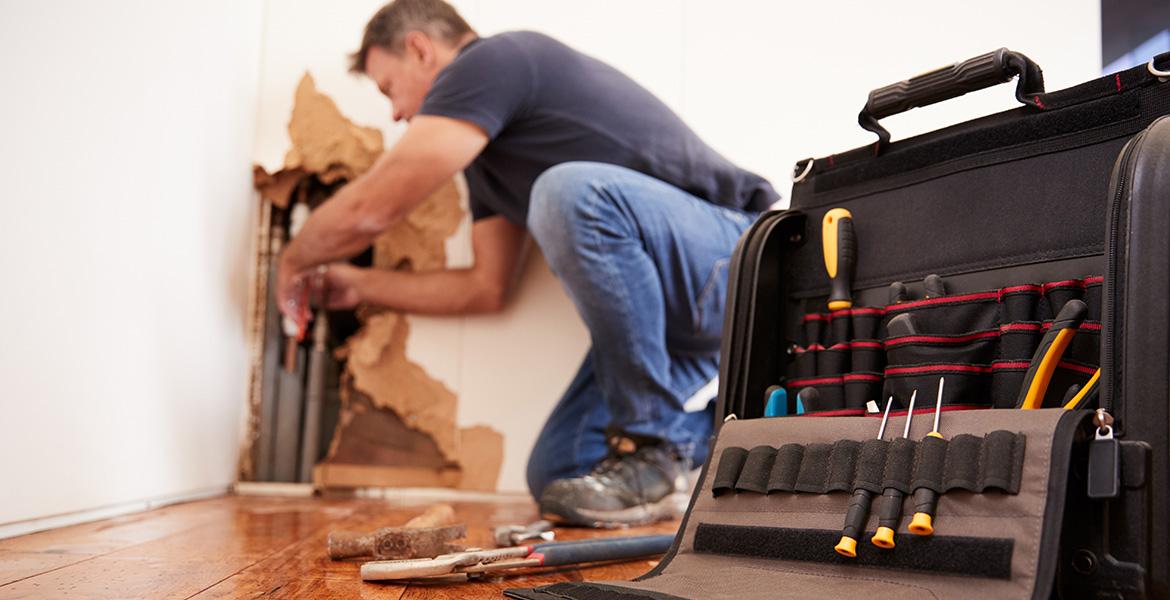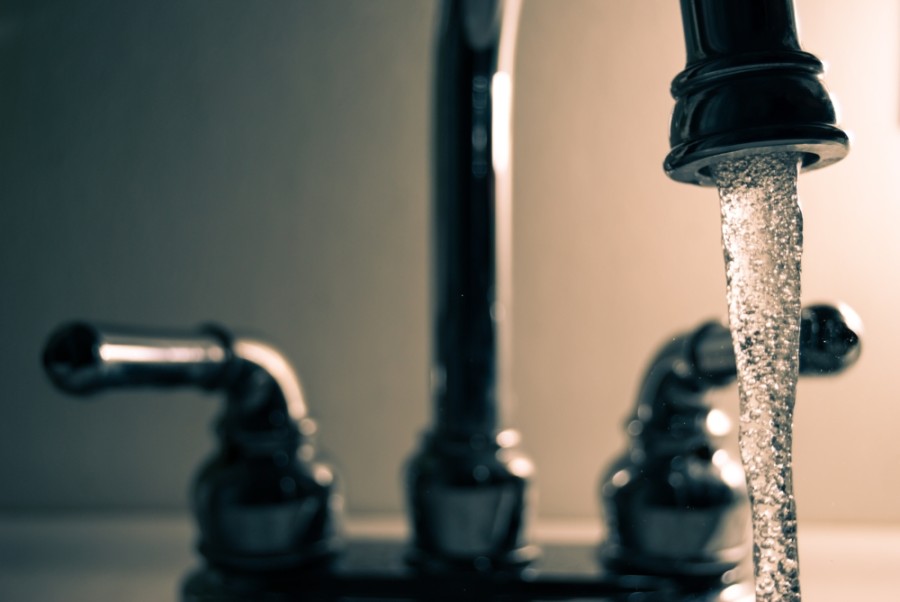We've stumbled on this article pertaining to What to Know Before Installing a Dishwasher listed below on the net and thought it made perfect sense to relate it with you over here.

A burst pipe is a major emergency; you can just stand as you see water you pay dearly to reunite with the planet. In even worse situations, you observe a swimming pool on your kitchen floor, which is a terrific journey threat, especially if you have children around. If the pipe that ruptured remained in your wall surfaces, bad news: you may need to repaint that entire section.
Exactly how can a catastrophe like a ruptured pipeline be prevented and managed? Well, by paying attention to your professional emergency plumbings as well as complying with these policies.
Exactly how do I understand when my pipelines have ruptured?
Changing water stress
Pipelines do not simply burst in a day. You might have seen that your cooking area tap or shower doesn't run right away when you transform the faucet. It may pause for a few seconds and then blast you with more force than usual.
In various other instances, the water may seem normal at first, then drop in stress after a couple of secs.
Infected water
Many individuals presume a burst pipe is a one-way outlet. Quite the contrary. As water flows out of the hole or gash in your plumbing system, impurities locate their method.
Your water may be infected from the resource, so if you can, examine if your water storage tank has any type of problems. Nonetheless, if your alcohol consumption water is provided as well as cleansed by the city government, you ought to call your plumber instantly if you see or smell anything amusing in your water.
Puddles under pipelines as well as sinks
When a pipe bursts, the discharge creates a puddle. It may appear that the pool is expanding in dimension, and also regardless of the amount of times you wipe the pool, in a few minutes, there's another one waiting to be cleansed. Commonly, you might not have the ability to trace the puddle to any kind of noticeable pipes. This is a sign to call a specialist plumber.
Wet walls and also water spots
Before a pipeline ruptureds, it will leakage, the majority of times. If this consistent leaking goes undetected, the leakage might finish right into a broad gash in your pipeline. One simple way to prevent this emergency is to look out for damp wall surfaces ad water discolorations. These water spots will lead you right to the leakage.
Untraceable dripping sounds
Pipe ruptureds can occur in the most undesirable locations, like within concrete, inside wall surfaces, or under sinks. When your home goes quiet, you may have the ability to listen to an irritatingly relentless trickling sound. Even after you have actually inspected your shower head and cooking area tap, the dripping might continue.
Dear viewers, the leaking may be originating from a pipe inside your wall surfaces. There isn't much you can do regarding that, except inform an expert plumber.
Show up the Warm
Set up followers to blow heat right into cool spaces. Maintain the garage door closed. If you have actually decreased water circulation, warm one of the most prone pipes (normally in basements and also crawl spaces or near outside wall surfaces) with a hair dryer. Leave the tap on while you apply warm. As you thaw ice, the flow will certainly enhance. To stop pipes from cold, protect your wall surfaces.
Start Removing the Water
Grab the mop, pails and also a shop vacuum to begin to get rid of the water since you absolutely don't want it saturating right into everything else in your home. And also, a quick clean up will certainly lower the chances of something getting musty.
What do I do when I spot a burst pipeline?
Your water meter will certainly continue to run even while your water wastes. To lessen your losses, find the main controls and turn the supply off. The water pipe are an above-ground framework at the edge of your residential property.
How to Fix & Detect a Leaking Pipe
How Do I Know if a Pipe is Leaking?
Leak detection tests can help you determine if your pipe has a leak. Even if you don’t see an apparent leak, you should still conduct leak detection tests regularly to save water and money—and prevent major damage to your home.
Water meter. It can be helpful to figure out what your usual water meter usage numbers are and then monitor them regularly. To monitor your meter, first, turn off all water faucets in your home. Check the meter and write down the numbers. In a few hours, check the meter again. If the numbers have changed, you have a leak. Water gauge. Use a water gauge to test your water pressure. Your showerhead should produce a certain amount of water pressure based on its model and design. If the pressure is lower than it is supposed to be for that specific showerhead, your home likely has a leak. Puddles. Look inside your bathroom, laundry, and kitchen sink cabinets. Puddles around the cabinets or around toilets, tubs, showers, and washing machines indicate the presence of a leaking pipe. You may also notice loose tiles, peeling or flaking paint, or mold caused by water accumulation. Napkin test. Even if you don’t see any puddles, you may still have a leak. You can test for water leaks in the bathroom, laundry, and kitchen by wiping below-sink connections with a napkin, paper towel, or piece of toilet paper. If it becomes damp, you probably have a leaking pipe under the sink. Discolored walls. Walls that are discolored—usually with brown or yellow stains—or bulging might mean that they have been impacted by water damage caused by a leaking pipe. Smell. A leaky pipe will create sitting water, and over time, that water may develop a musty smell. If your home smells musty, but you can’t locate the source, it may be due to a leak. Steps for Fixing a Leaking Pipe
A leaky drain can be remedied by tightening the pipe base, replacing the drain seal, caulking the rim, and tightening the pipe nut. Similarly, a leaking toilet pipe can be treated by tightening the packing nut. You may also need to replace the valve. A leaky faucet may just need tightening or replacement of the washers. If that doesn’t work, consider replacing your faucet. If your pipe has a hole in it, you may want to use a pipe leak sealer or pipe leak tape. This quick fix for water pipe leaks can also temporarily fix a copper pipe leak. https://www.ahs.com/home-matters/quick-tips/how-to-tell-if-pipes-are-leaking/

We were made aware of that report about How to Install and Connect a New Dishwasher from an acquaintance on another web property. Do you know about someone else who is interested in the topic? Please feel free to share it. I take joy in reading our article about What to Know Before Installing a Dishwasher.
Go Services